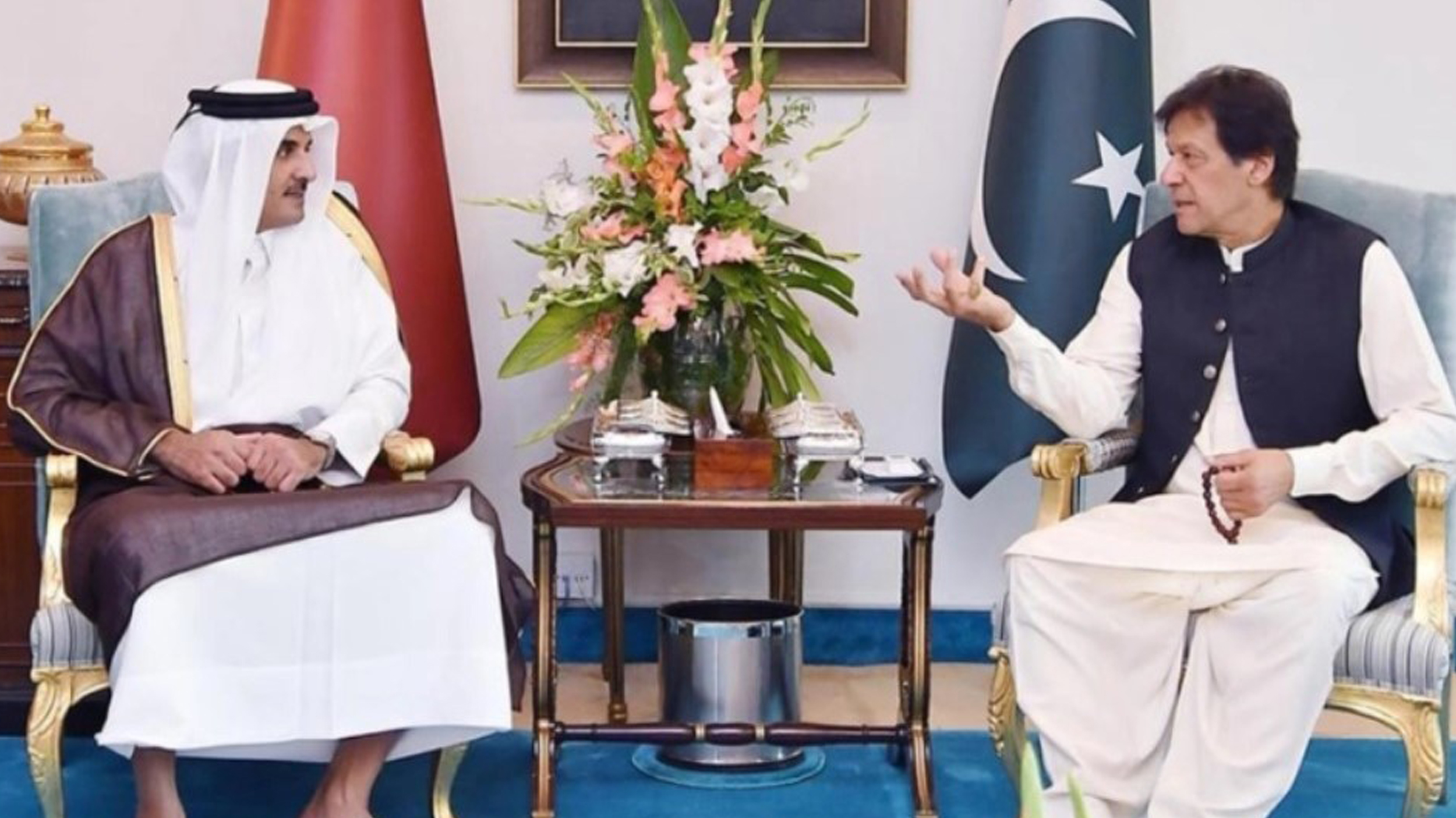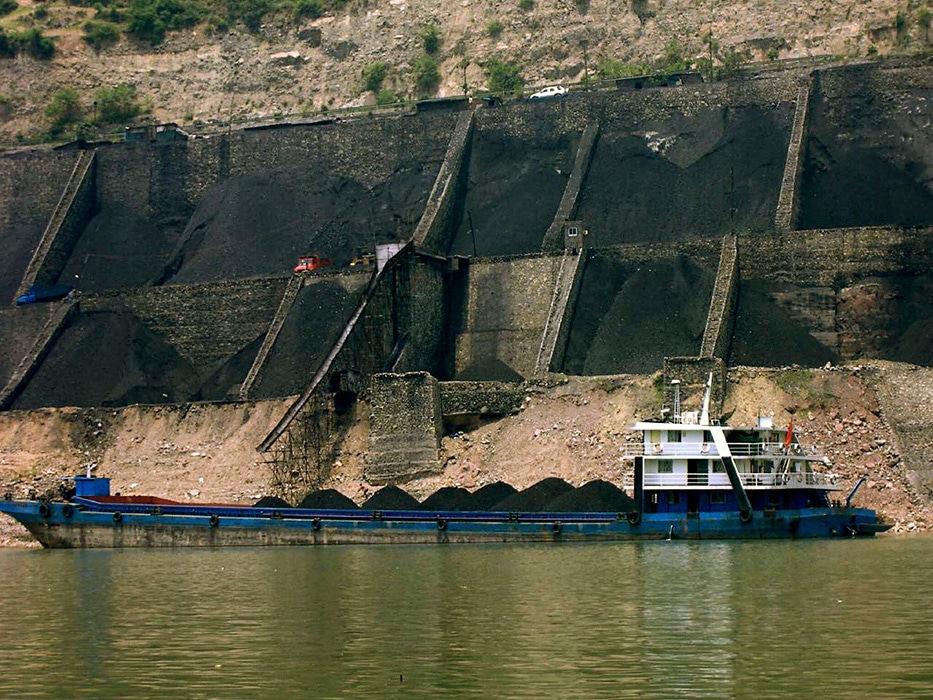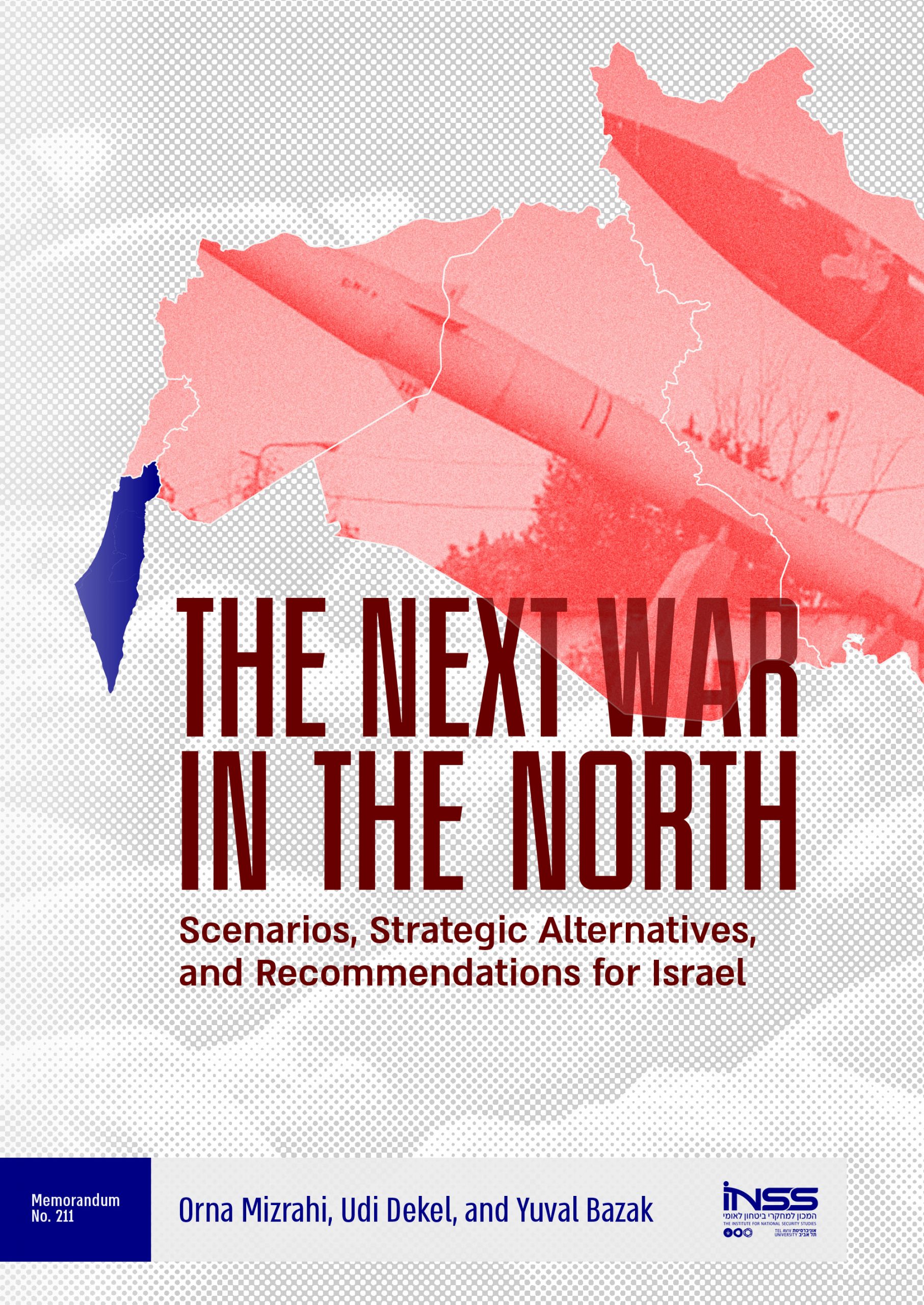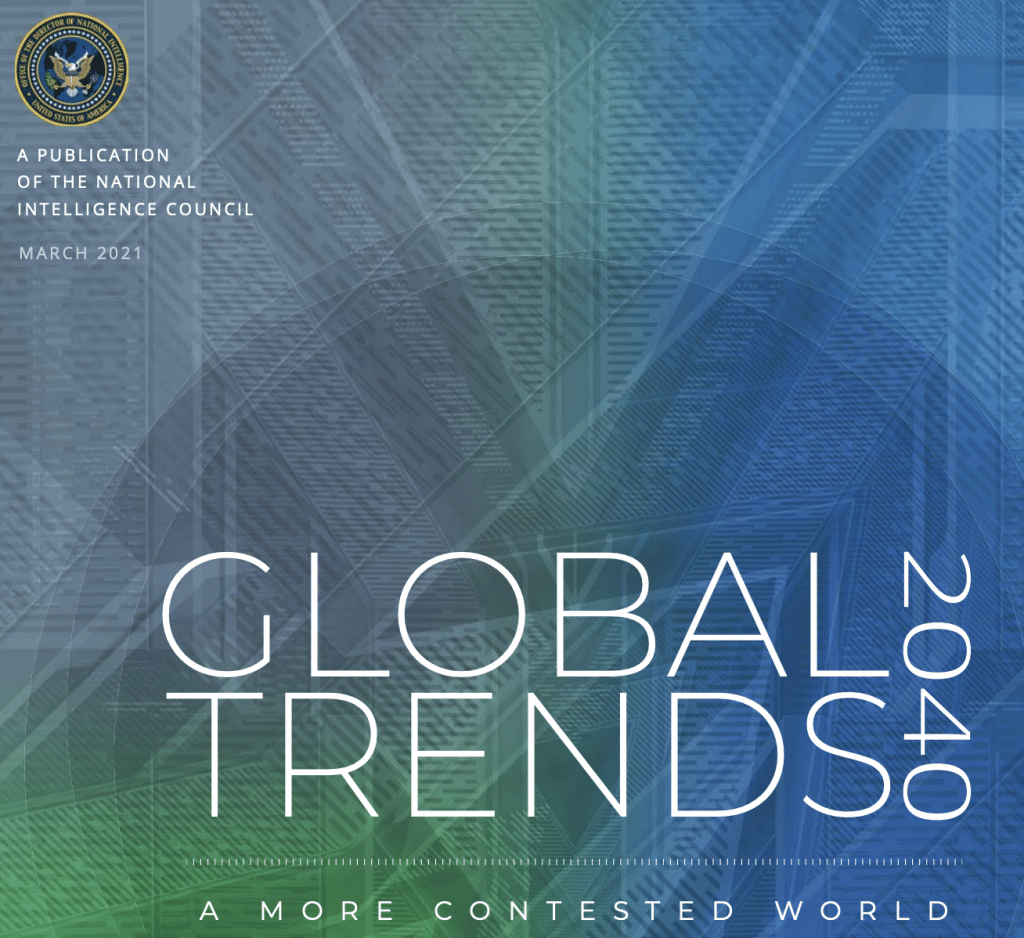By Sankalp Phartiyal, Aditi Shah
NEW DELHI (Reuters) - India is offering more than $1 billion in cash to each semiconductor company that sets up manufacturing units in the country as it seeks to build on its smartphone assembly industry and strengthen its electronics supply chain, two officials said.
Prime Minister Narendra Modi’s ‘Make in India’ drive has helped to turn India into the world’s second-biggest mobile manufacturer after China. New Delhi believes it is time for chip companies to set up in the country.
“The government will give cash incentives of more than $1 billion to each company which will set up chip fabrication units,” a senior government official told Reuters, declining to be named as he was not authorised to speak with media.
“We’re assuring them that the government will be a buyer and there will also be mandates in the private market (for companies to buy locally made chips).”
How to disburse the cash incentives has yet to be decided and the government has asked the industry for feedback, said a second government source, who also declined to be identified.
Governments across the world are subsidising the construction of semiconductor plants as chip shortages hobble the auto and electronics industries and highlight the world’s dependence on Taiwan for supplies.
India also wants to establish reliable suppliers for its electronics and telecom industry to cut dependence on China following border skirmishes last year.
Chips made locally will be designated as “trusted sources” and can be used in products ranging from CCTV cameras to 5G equipment, the first source said.
But the sources did not say whether particular semiconductor companies have shown interest in setting up units in India.
















